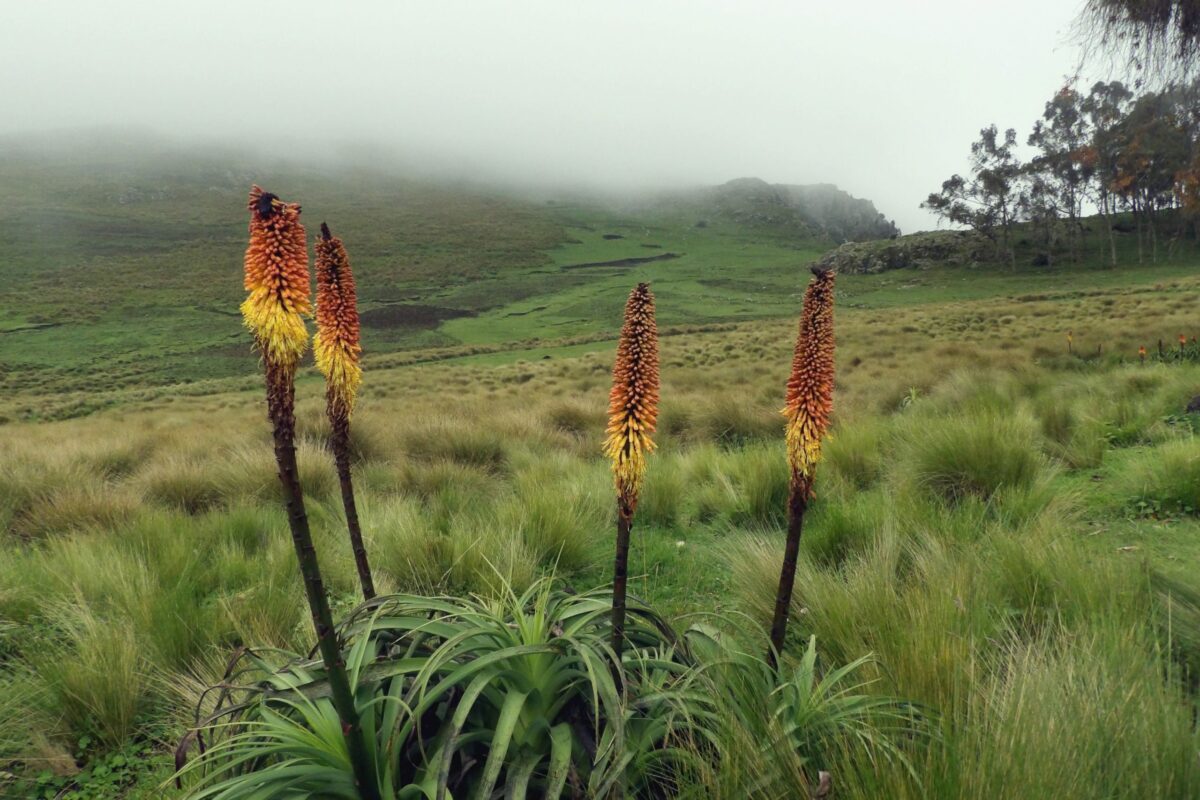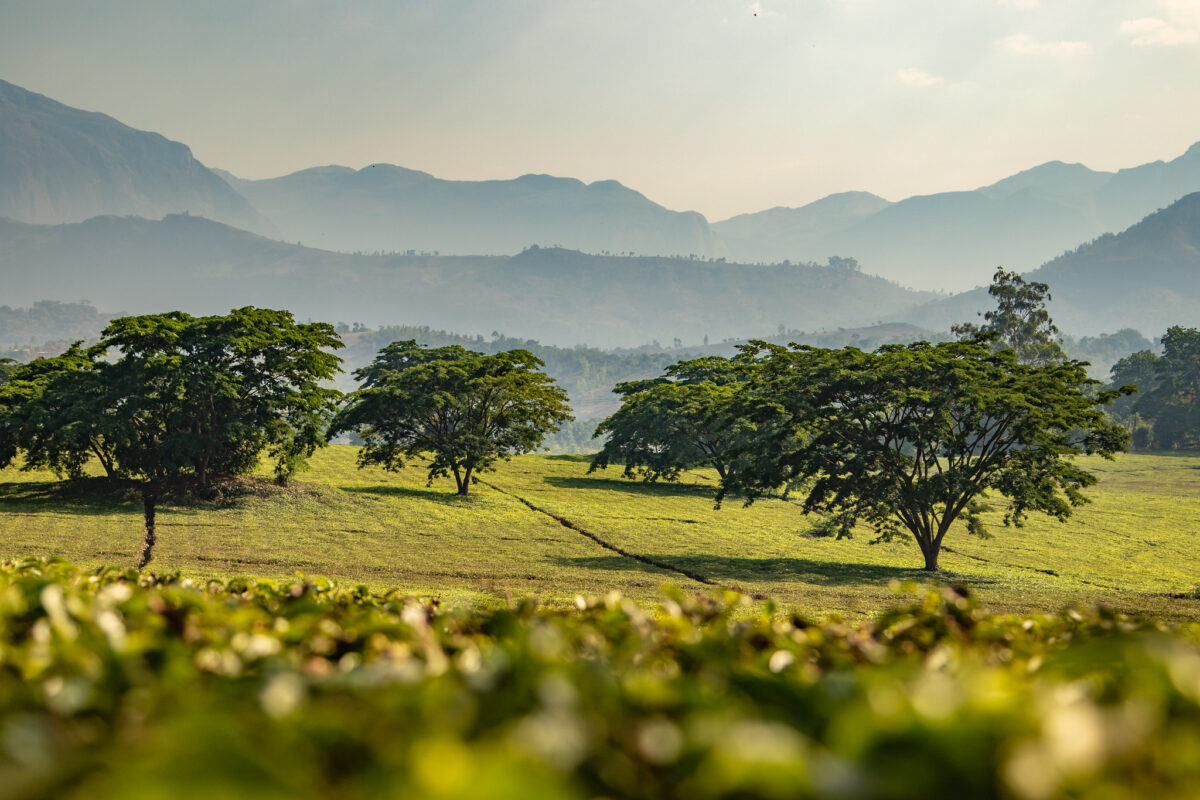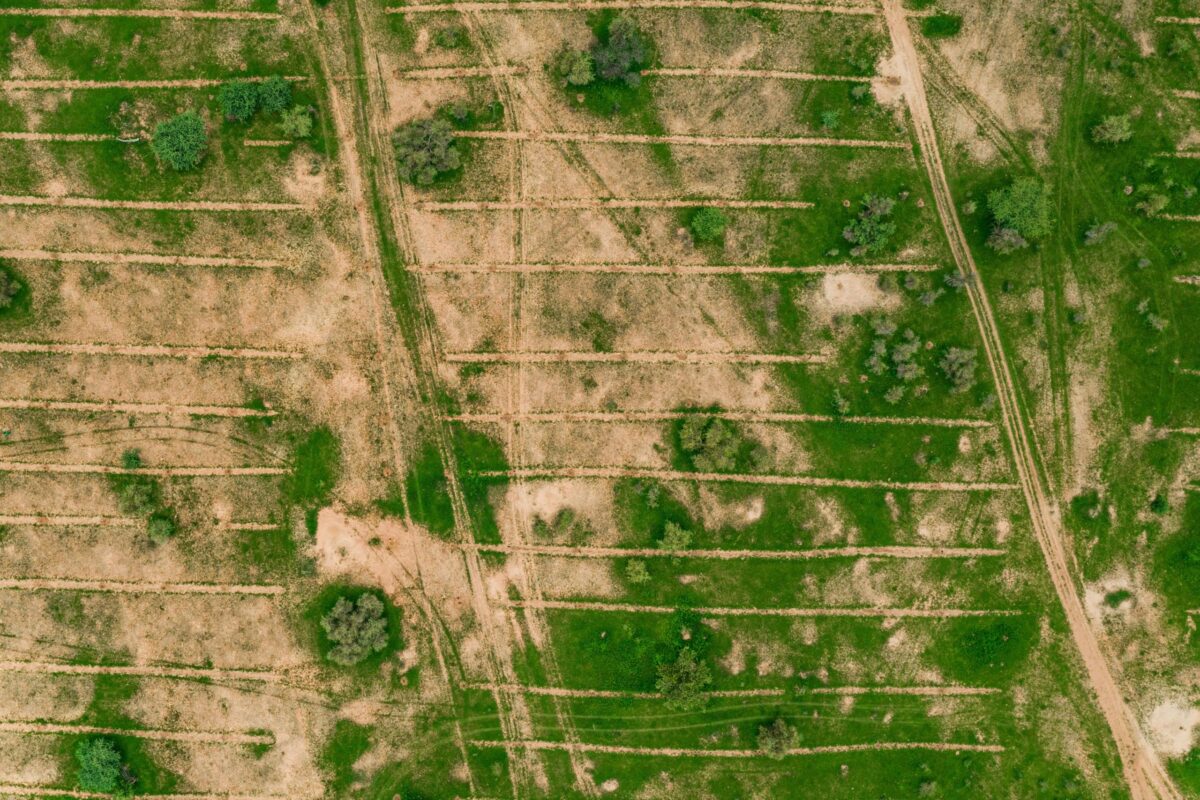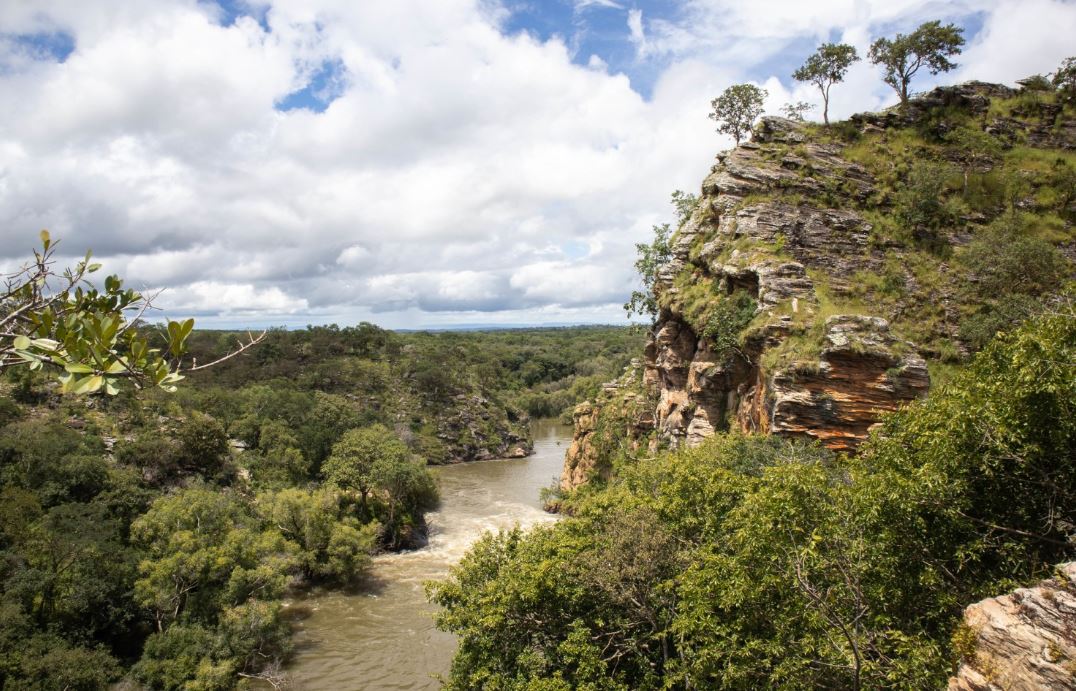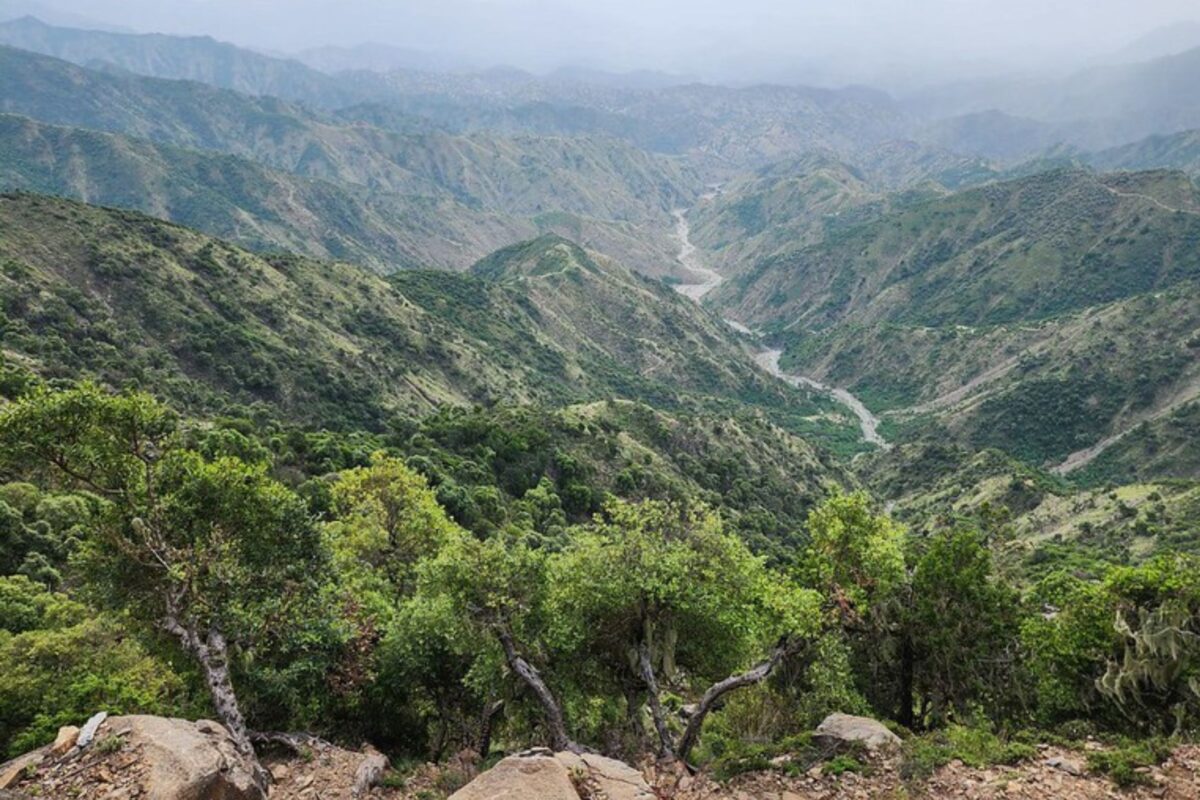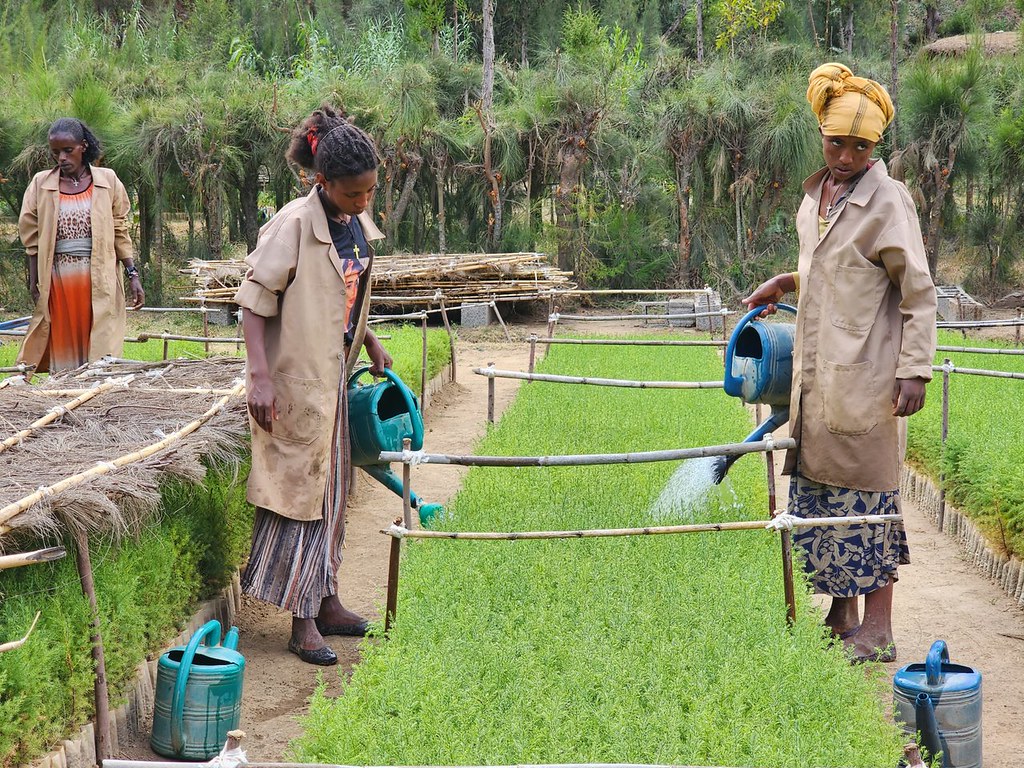Zoologists have been arguing for decades that large carnivores play a key role in natural ecosystem dynamics because they are apex predators, the top of the food chain. They control prey populations through predation and thereby set in motion a series of changes further down the food chain, a process known as a trophic cascade.
When carnivores predate herbivores, they help to conserve plant populations by keeping prey populations in check and allowing plants to flourish. In simple words, carnivores can help keep the planet green. Indeed, too many herbivores can decimate plant populations. Herbivores also help plant species reproduce by dispersing seeds. So what happens when these seed dispersers are predated by carnivores?
A new study by Sarasola et al. (2016) shows that the puma (Puma concolor) could be helping to maintain plant communities by hunting a seed disperser, the eared dove (Zenaida auriculata), and continuing the task of distributing seeds across the landscape.
Sarasola and his research team spent several months analyzing puma scats in Argentina’s Parque Luro Natural Reserve, where their diet is mainly the eared dove, and found nearly 32,000 seeds in just 123 scats. When they planted the seeds, they sprouted. The researchers estimated that the pumas of Parque Luro have the potential to disperse about 5,000 seeds per square kilometer every year.
These effects are likely not confined to Parque Luro either, nor to pumas, the authors argue. Secondary seed dispersal as described here could be widespread because birds are the most important seed-predators in most ecosystems and overlap with wild cats in every biome and habitat where the latter are present.
We know that pumas inhabit the forests we are restoring in Brazil, and the idea that they might be helping us plant trees is novel and exciting. If this is the case, then our efforts to restore their forest habitat, might have an even greater impact on plant populations than originally thought.
Could pumas be helping us conserve plant populations in Brazil’s Pontal do Paranapanema? If they are, they too could be helping to combat climate change and cool our earth.


